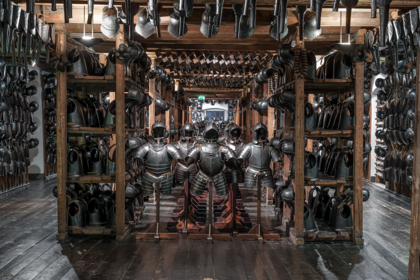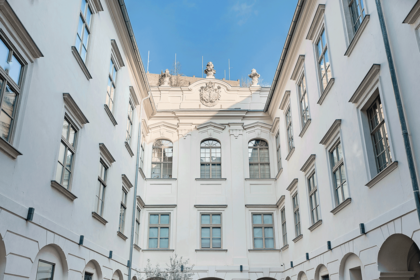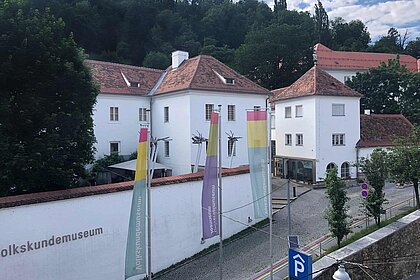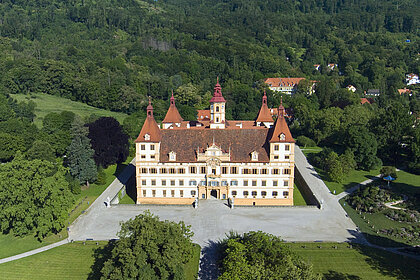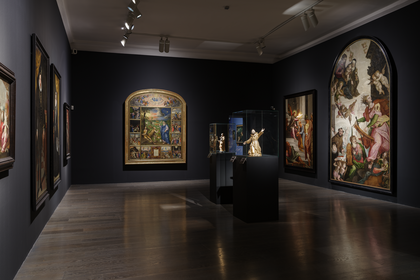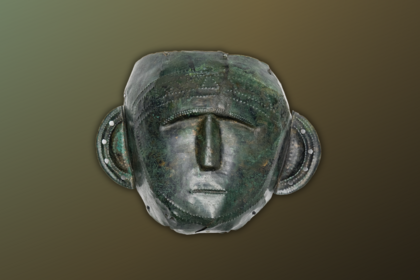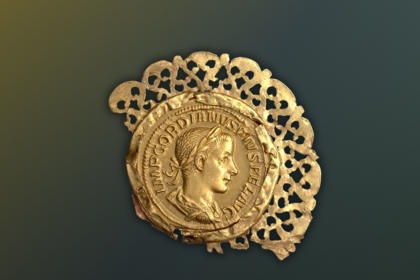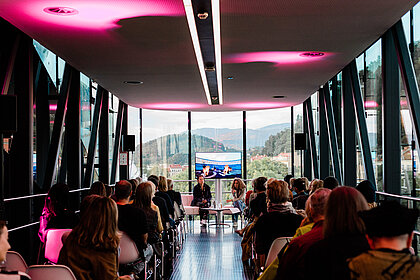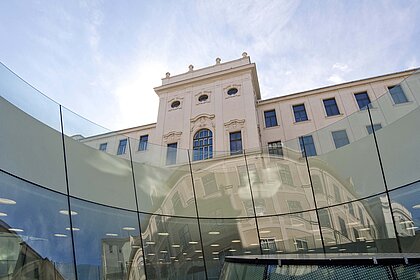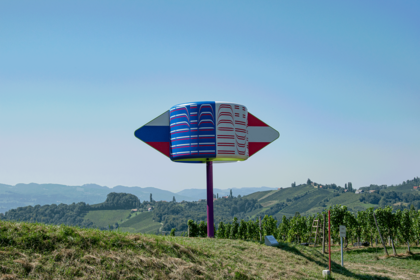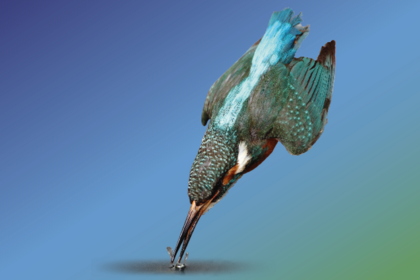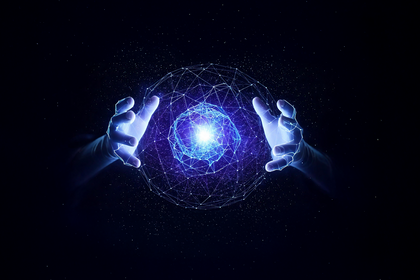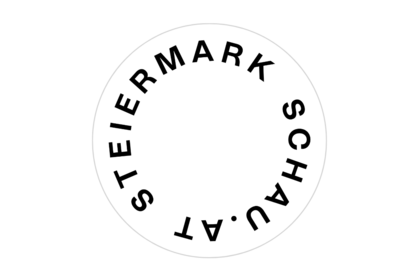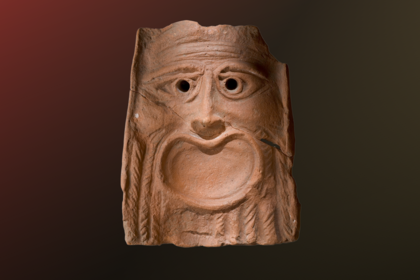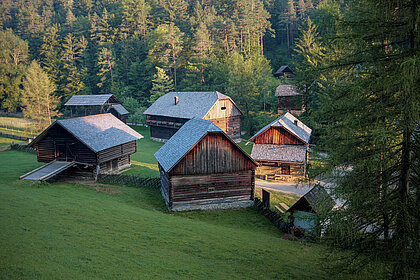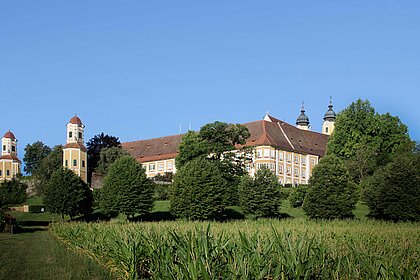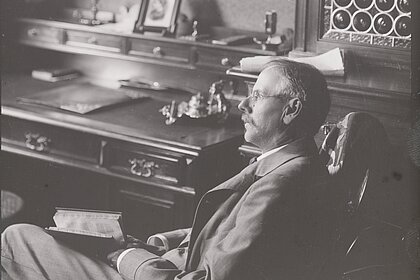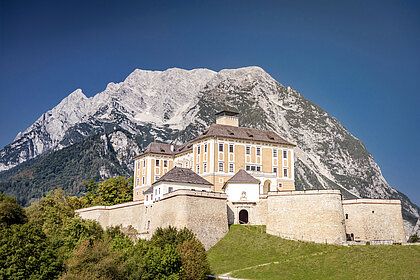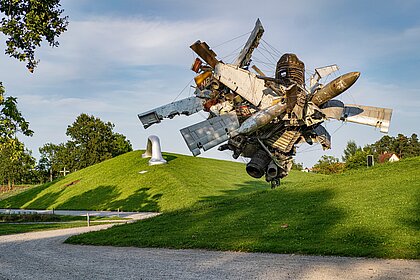Discover the
Universalmuseum Joanneum
Graz
Styria
Closed
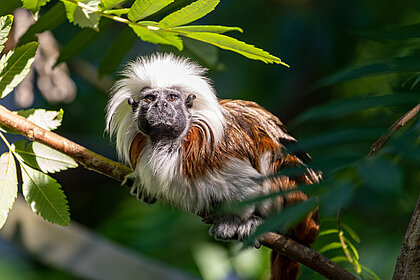
More than 85 animal species from all continents live in the Herberstein Animal World.
Universalmuseum
Joanneum
Back to Universalmuseum Joanneum
Kunsthaus Graz > Our programme > Calendar > Award ceremony of the Environmental Art Prize and the City of Graz Environmental Prize
Award ceremony of the Environmental Art Prize and the City of Graz Environmental Prize
Camilla Alberti: Feeding the Ghost
Image Credits
Date
03.10.2025
Time
3pm - 6pm
Location
Kunsthaus Graz, Space04
Costs
free admission
Show all
About the
Event
Parallel to the award ceremony of the City of Graz Environmental Prize, the Kunsthaus Graz Environmental Art Prize will be awarded to Camilla Alberti. The Kunsthaus Graz Environmental Art Prize is presented for the first time in 2025 in cooperation with the City of Graz and Markt der Zukunft.
15:00
Award ceremony: CITY OF GRAZ ENVIRONMENTAL PRIZE: FOOD FOR THE CITY & Presentation: KUNSTHAUS GRAZ ENVIRONMENTAL ART PRIZE
Music: KUG Earth Band
IN COOPERATION WITH: CITY OF GRAZ, University of Music and Performing Arts Graz
16:00
Certificate award ceremony for tree sponsors of the City of Graz 2025
IN COOPERATION WITH: CITY OF GRAZ
17:00
Panel discussion: FORUM URBAN GREEN – Paths to a climate-resilient city
With: Guests from politics, science, art, culture and practice
IN COOPERATION WITH: STADTLABOR GRAZ & GRÜNDA
Camilla Alberti's installation Feeding the Ghost emerges from a exploration of the transformative power of matter and questions its role in redefining our relationship to the Other and to the world. Her artistic practice refers to ancient ritual traditions in which discarded matter is not considered worthless, but rather a carrier of knowledge – an approach that is gaining new urgency today.
Alberti weaves sculptural, textile and ritual practices into a contemporary visual language. Her work is based on a collection of contemporary ruins: abandoned objects, both organic and inorganic materials, industrial waste. These find new form in her sculptures and textiles.
For Feeding the Ghost, she processes organic waste such as peels, roots, coffee grounds and seeds. Boiled, burned and pulverised, these are transformed into pigments, pastes and natural binders. Together with leaves, flowers and fruits, they create fragile forms between nature, body and memory.
At the centre is the idea of matter as a living archive: a body in constant mutation and a symbol of regenerative possibility. The artistic process follows an ecological sensitivity – mindful, exploratory, connected to the cycles of nature.
